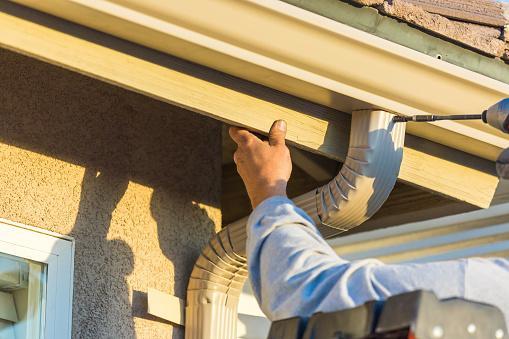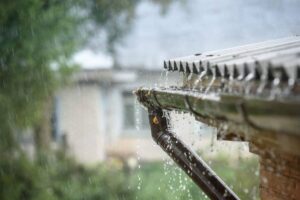Many people have been experiencing a strange drop in temperature. It’s hard to avoid the fact that it’s just not warm enough for most of us. It’s probably not even worth mentioning that some parts of the country are experiencing record-breaking cold temperatures. If you’re in a climate where it gets really cold, you might wonder how this affects your gutters and what you can do about it.
You may think this is a good time to take a break from gutter maintenance and focus on other areas of home upkeep instead. But, unfortunately, this is one of the worst times of all year for your gutters! Why? Because when temperatures drop below freezing (or even into the teens), the water becomes ice and expands. And when it melts again in warmer weather later on down the line, it contracts—causing cracks in your gutter system that could lead to leaks below where they’re least visible if you don’t catch them quickly enough (and unfortunately, most people don’t).
Facts about Leaf Filter
When it comes to gutters, many factors can affect their performance. Of course, if you have a gutter protection plan, you can protect your home against sudden high winds and heavy rain. However, did you know that temperature fluctuations are one of the most common causes of gutter damage?
Here are some facts about leaf filter gutter protection cost:
- Leaf filter gutter protection is easy to keep your gutters clean and debris-free.
- It’s also easy to install—you can attach it in just a few minutes!
- The nylon material won’t rust or corrode like metal.
- It’s easy on the eyes, too—it comes in many colors to match the color scheme of your home.
Factors Affecting Leaf Filter
The cost of leaf filter gutter protection varies widely depending on the type of product and services you choose. Factors that affect the cost include:
- Materials used for installation
- Length and width of your roofing system
- The type of roofing material you have (metal or shingle)
- The number of layers in your roofing system (single vs. double)






